Video
vimeo
AXE The Rock Walk from Carlos Ritter on Vimeo.
Dir Henry Scholfield
Prod Co. Reset Content USA
Agency Martinagency
PD Mark Connell
Service Prod Co TF7 - Madrid
Shot in Madrid on Sony Venice Rialto with Cooke S5i Lenses
2 notes
·
View notes
Video
vimeo
KORG NTS-1 + Sinevibes Eternal from Sinevibes on Vimeo.
Eternal by Sinevibes is a barber-pole flanger effect plugin for KORG prologue, minilogue xd and NTS-1. Product page: sinevibes.com/korgeternal
1 note
·
View note
Video
vimeo
Sinevibes KORG FX - Eternal from Sinevibes on Vimeo.
Eternal by Sinevibes is a barber-pole flanger effect plugin for KORG prologue, minilogue xd and NTS-1. Product page: sinevibes.com/korgeternal
1 note
·
View note
Photo

Look from from “Colorblind Saturation.” I would like to have a show of my work some day.
0 notes
Text
D
Looking Around - On Sound (Part 1): Noise
If you are able, take a moment - 30 seconds or so - and simply listen.
What do you hear?
If you, like me, are sitting in a quiet part of the house, you probably hear the wind rustling outside, the hum of electronic appliances, an airplane, or perhaps the faint rumble of distant cars.
If you are reading this in a coffeeshop or in an office, you probably hear footsteps; several simultaneous conversations; espresso machines or copiers; laughter; traffic.
Regardless of where you are or what you are doing, when you listen to your environment, what becomes immediately apparent is the total ubiquity of noise.
There are few moments of sustained quiet in our lives. After all, to reach a place without much noise requires traveling a great deal of distance from any urban or suburban setting, often where there are little to no amenities (which are the source of a great deal of noise themselves.) And so, over the centuries, we simply learned to live with noise.
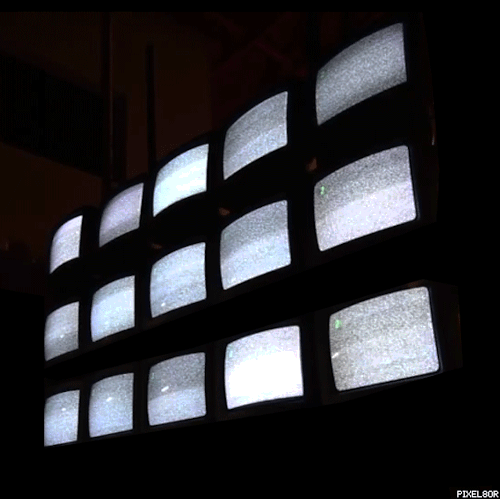
A Brief History of Noise (not the genre of music, sorry)
Before modern industrialization, there was relatively little noise pollution, just as there was relatively little light pollution. Every evolution in human infrastructure has brought about more and more noise. I’m sure there were a nostalgic few in the distant past who longed for the days before cobblestone streets and the endless fractious clacking of horse-drawn carriages.
We don’t have much documentation on pre-technology noise, but it is posited by some that regular, consistent noise originated with two developments: the keeping of time and urbanization. The Medieval church bell (and later the public mechanical clock) is posited by sound scholar R Murray Schafer in one of the first texts to be written on the subject, The Soundscape, as being one of the first consistent, documented sources of urban noise.
According to Schafer, as cities and towns consolidated around industries present in early capitalist (or feudalist) societies, several different types of noise were introduced, such as the noises of infrastructure like water-powered mills, the labor of tradesmen (think a blacksmith’s anvil), the opening and closing of businesses, the public advertisement of wares via town criers - and each of these soundscapes - the word given to sonic profiles of specific places and times - were unique depending on their geography and the customs of the people who lived there.

An old water mill, the heavy industry of yore. Public Domain.
However, it wasn’t until the Industrial Revolutions of the 18th and 19th centuries that the noise level in urban areas began to amplify with the invention of heavy machinery such as the steam engine, the hydraulic press, and of course, the railroad. Even previously quiet activities began to make noise - such as sewing with the invention of the sewing machine or writing with the typewriter. With the development of modern capitalism, this noise only proliferated more and more, as the railways expanded and brought noise to even the most rural areas, continued by the invention of the internal combustion engine and the inescapable sound of rubber tires on tarmac. The more a city produced, the more powerful it was, and the noisier it became.
The next big shift in noise was electricity, which ended the cycle of work according to the rising and setting of the sun, and therefore expanded noise deep into the night. The hum of electronics at 50 or 60 Hz, a hum you’re probably hearing somewhere right now, became ubiquitous.
Importantly, for the first time, through electronic sound reproduction, sonic content was divorced from its event. Before sound reproduction, a sonic event was finite - restricted to a specific source, in a specific place and a specific time. With the telegraph, (and later, radio) a sound source was no longer relegated to a specific place - it could travel long distances and be received by distant ears - though it was still often restricted by time. It wasn’t until the invention of recording that sound became completely separated from its event for the first time in human history - a severing of both time and the human senses.
For all of the good broadcast and recording has done for us, namely giving us the ability to reach larger numbers of people and to preserve sound instead of only images, it has a rather sinister side effect, which is turning the previously respected sound-making practices of music and speech into at best, background noise, and at worse, a nuisance. After all, when was the last time you went shopping or out to dinner in a place without background music?
youtube
In fact, in 1969, the General Assembly of the International Music Council of UNESCO passed a resolution denouncing “the intolerable infringement of individual freedom and the right of everyone to silence, because of the abusive use, in private and public places, of recorded or broadcast music.” (Schafer, 97)
But - you might say - “I like when they play jazz at the coffeeshop. It helps me work. I don’t think it’s noise at all!”
This brings some interesting questions into play: what is noise anyway, how do people relate to noise, and is it inherently bad?
What is Noise?
What is noise? The definition of noise has been shaped by both culture and technology, but Schafer posits a variety of qualities that have been used to define noise.
The first, earliest, and perhaps most practical definition of noise is simply unwanted sound. This definition is useful because it is subjective - some sound can be perfectly desirable by some and not for others.
The second definition of noise is unmusical sound. “Unmusical” is used here not as a subjective pejorative, but describing the physical qualities of sound composed of non-periodic vibrations (such as wind or leaves) as opposed to the periodic vibrations produced by most musical instruments. To clarify, when people refer to “white noise” they are using this definition of noise.
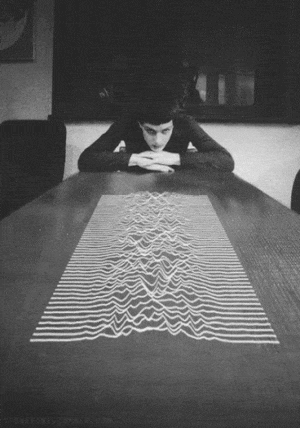
The third definition consists of noise as any loud sound. This is the second most used definition of noise today and the one used by legal statues on noise.
The fourth definition of noise is noise as a disturbance in any signaling system. This is the type of noise referred to in electrical, broadcast, and recording engineering (Schafer 184). I would expand this definition to include mechanical systems that are either in disrepair or inefficient, such as a poorly executed air conditioning/ventilation system or a sputtering muffler.
Noise and the Law
Of course there is a so-called “objective” definition of noise, that is the legal definition of a specific sound exceeding a specific decibel limit. But, as Schafer points out, it is rather silly that a car producing 86 decibels of sound is noise but a car producing 85 decibels is not.
Some of these noise laws can be beneficial, specifically those limiting industrial or environmental noise pollution from highways and factories, or those that exist to protect the hearing of workers, such as the 1981 hearing protection and noise exposure standards set by the Occupational Safety and Health Administration (OSHA).
However, many garden variety noise ordinances are often more societally harmful than they are sonically helpful, for they require a greater police presence, discourage reasonable neighbor-to-neighbor conflict resolution, are often racialized, and disproportionately punish both young and poor people who cannot afford to pay expensive fines.
Above all, these laws are really unenforceable. Properly calibrated scientific environmental noise measuring equipment is very expensive, and there is a significant difference in data between professional and amateur equipment. And really, the ordinances aren’t about policing noise - they’re about policing behavior.
Noise and Society
While Schafer’s book (which was written in 1977 and is steeped in all kinds of “return to nature” sentiments that have not aged well) was without a doubt groundbreaking in that it was one of the first examinations of the role sound has played both historically and environmentally, there is an underlying assumption that I fundamentally disagree with: the supremacy of silence over sound.

An RF anechoic chamber. Photo by adamantios (CC BY-SA 3.0)
Schafer posits that the mechanical noise of the modern era is inherently unnatural, but ignores the fact that true silence is also unnatural. The only truly silent place is an artificial one: an anechoic chamber. As a student of acoustics, I’ve had the displeasure of being in an anechoic chamber and experiencing the suffocating terror that is total silence, a silence so strong you can hear every sound made by your internal organs, a silence so strong people can only stand being in an anechoic chamber for mere minutes.
There is a reason silence is described as “eerie” or “foreboding”: it’s because the act of making sound is inescapable, it’s a function of physics - there’s only a matter of time before the silence is lapsed. And yet there is a recurring societal notion that silence is somehow virtuous - an idea that manifests itself in several ways, such as the ideas that a well-behaved child is quiet, or that “proper” women are seen and not heard, or - on a more lighthearted note - the stereotype that musicians have inherently lax morals and will run off with your teenage daughter.
The idea that life was better when it was quieter is also rather silly, because with noise also came great improvements in our quality of life. However, disputing the idea that silence is superior to sound does not mean that noise should be defended, because many types of mechanically-based environmental noise from industry and infrastructure is deeply harmful to our health and well-being.
One term Schafer uses is much more powerful and insightful in describing the role noise plays in our world: sound imperialism. It is true that environmental, mechanical noise, like an invading empire, has conquered and occupied our lives against our will. We did not ask for noise, and we did not have a say in the matter. (Personally, if it were up to me, my pharmacy would stop playing breakup songs from 2004.) Also, we are biologically defenseless against noise - our ears and brains developed for a very different sounding world, one with much less noise.
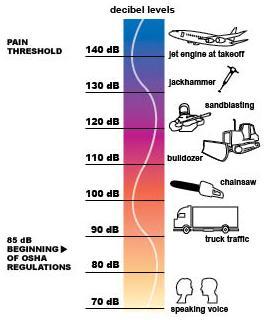
Via OSHA
The effect this ceaseless barrage of noise has on our ears and brains is an environmental health hazard - both for us, and for the natural world, where it disrupts plant and animal life. Talk to any acoustician (hi!) or audiologist, and the health results of escalating environmental noise is grim, whether it’s ear fatigue, tinnitus, or permanent hearing loss at younger and younger ages. We often cite earbud use as being particularly traumatic to our hearing, but ignore the primary reason most people use earbuds: because they are more effective than conventional headphones at blocking out external noise.
Environmental noise is not individualized - it can’t be resolved by calling your neighbor and asking them to stop playing the drums at 12:30 AM, or by politely letting your roommates know that you will be having friends over and that it might get loud. Environmental noise, like all forms of pollution, takes place on a large scale - it is systemic, and it is mired in power.
Industrial giants, energy lobbyists, and HVAC people who always seem to end up working on concert halls all have a vested interest in keeping things noisy, because it is time consuming and expensive to make things that are quiet (and energy efficient). It’s not shocking that things that are bad for the regular environment are also bad for the sonic environment - car dependency, nonrenewable resource extraction, factories, the list goes on. And, like other types of pollution, the people who are most exposed to noise pollution are working people (occupational noise), poor people and people of color.
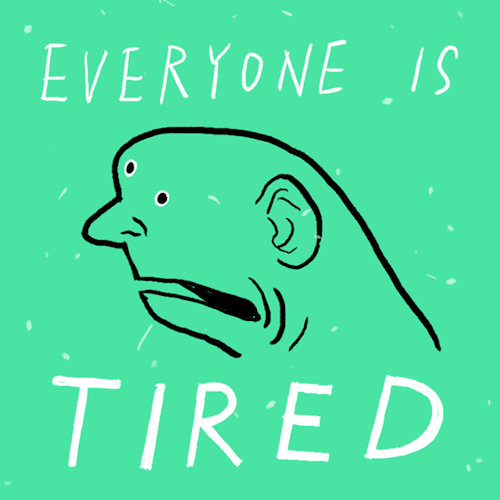
If you think that you’re not effected by noise pollution because you don’t go to, like, 50 metal shows a day or whatever: you know that immediate feeling of lethargic relief you get when you enter a quiet building after a busy day of work, a walk in the city, or a long car ride? That’s auditory fatigue.
You know that feeling of being in a busy place and feeling like you can’t concentrate anymore even though you’ve spent the day doing relatively little? Your brain is tired because your ears have no choice but to receive sound waves all the time, regardless of how actively you are listening. Studies have emerged showing that environmental noise is also harmful to those who are d/Deaf or hard of hearing. It’s a problem for everyone.
Quiet the Source
Ultimately, when UNESCO claims people have a “right to silence,” what they really mean is that people have the right to live in a world without being subjected to the violence of auditory trauma. We shouldn’t have to carry earplugs everywhere we go, or keep building noise barriers on the side of roads.
In the field of noise control, the first line of defense and often the most effective strategy for solving a noise problem is to simply quiet the source. That means both making mechanical objects that are quieter and more efficient, more sound regulations for manufacturers and realizing and changing our toxic cultural norms about sound like “music is supposed to be painfully loud”, or “actually bars and restaurants are supposed to be painfully loud”, or “no matter what retail store you go in, it’s good and productive somehow to hear the same fifteen songs from 2000-2008 [also usually too loud]”.
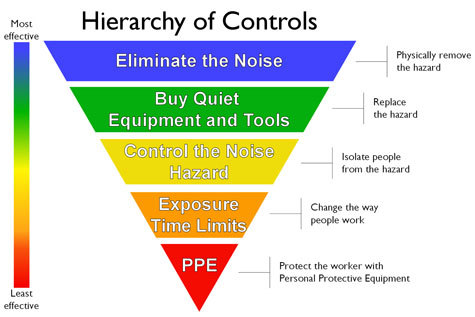
Via CDC.gov
These changes are societal, large scale, and will stretch years into the future. As for more immediate solutions, theres… acoustics! Which is what our next (less depressing) installment (and my Master’s degree lol) will be about.
If you like this post, and want to see more like it, consider supporting me on Patreon! Also JUST A HEADS UP - I’ve started posting a GOOD HOUSE built since 1980 from the area where I picked this week’s McMansion as bonus content on Patreon!
Not into recurring donations or bonus content? Consider the tip jar! Or, Check out the McMansion Hell Store ! 100% of the proceeds from the McMansion Hell store go to charity!
Copyright Disclaimer: All photographs are used in this post under fair use for the purposes of education, satire, and parody, consistent with 17 USC §107. Manipulated photos are considered derivative work and are Copyright © 2018 McMansion Hell. Please email [email protected] before using these images on another site. (am v chill about this)
2K notes
·
View notes
Photo

Perspective, when you put on your old shirt after losing 206 lbs
1 note
·
View note
Photo

3 generations of Radspinner/Himmelspach/Anderson-Himmelspach
1 note
·
View note
Photo

2012 county by county map of the presidential election.
There are (almost) no such things as “blue states” and “red states.” There are “big population centers that mostly vote Democratic (with Texas as an exception),” “places where lots of African Americans and Latinos live AND vote,” and “pretty much everywhere else.”
2016 is a turnout election. Trump’s “ceiling” of support is right next to Clinton’s “floor” of support. If Trump’s people show up, and Clinton’s don’t, Trump will win.
It’s called “math.”
83 notes
·
View notes
Photo

Looks like there are too many liberals, like me, moving to Texas. They seem worried.
0 notes
Video
LEPTUNE from dax norman on Vimeo.
Animation: Dax Norman
Composer: Neil Anderson-Himmelspach
0 notes
Photo

Testing Zahra's antenna for her 4th of July fairy costume. The placement of the hair bands are crucial to he antenna not dropping. Tomorrow should be an amazing day full of fun! A happy and safe 4th to you all!
0 notes
Photo







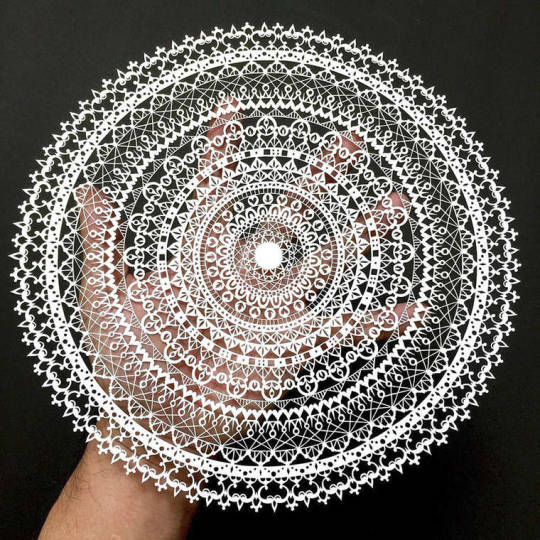


Amazing papercut art by Mr. Riu
Japanese artist Mr. Riu creates detailed papercuts of extraordinary complexity that are all cut entirely by hand using a craft knife. His works are mostly concentrated around intricate mandalas and delicate patterns created using a zentangle technique.
Don’t forget to tag #crossconnect in your tweets!
posted by Margaret via
10K notes
·
View notes



